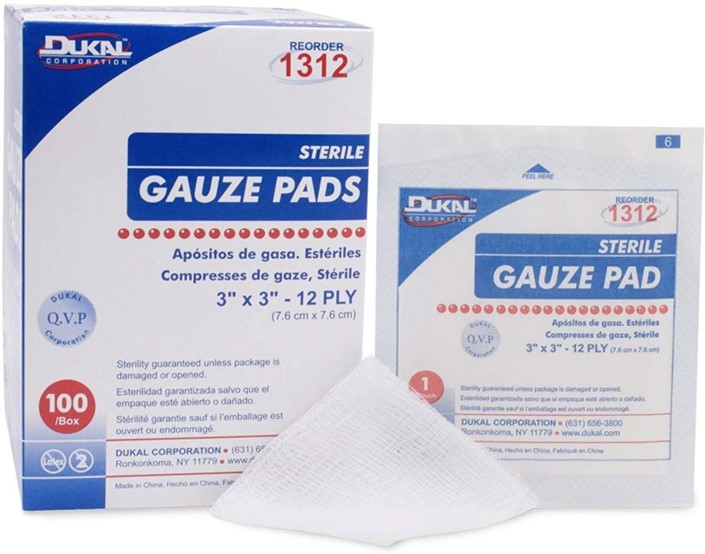A nurse is caring for a client who has a traumatic head injury and is exhibiting signs of increasing intracranial pressure. Which of the following medications should the nurse plan to administer?
Dextran 70
Hydroxyethyl starch
Albumin 25%
Mannitol 25%
The Correct Answer is D
Choice A Reason: Dextran 70 is not a medication that the nurse should plan to administer for a client who has a traumatic head injury and is exhibiting signs of increasing intracranial pressure. Dextran 70 is a plasma expander that increases the blood volume and viscosity, which can worsen the intracranial pressure by increasing the cerebral blood flow and edema.
Choice B Reason: Hydroxyethyl starch is not a medication that the nurse should plan to administer for a client who has a traumatic head injury and is exhibiting signs of increasing intracranial pressure. Hydroxyethyl starch is another plasma expander that has similar effects as dextran 70, and can also increase the risk of coagulopathy and renal failure.
Choice C Reason: Albumin 25% is not a medication that the nurse should plan to administer for a client who has a traumatic head injury and is exhibiting signs of increasing intracranial pressure. Albumin 25% is a colloid solution that increases the oncotic pressure and draws fluid from the interstitial space into the intravascular space, which can also worsen the intracranial pressure by increasing the cerebral blood flow and edema.
Choice D Reason: Mannitol 25% is a medication that the nurse should plan to administer for a client who has a traumatic head injury and is exhibiting signs of increasing intracranial pressure. Mannitol 25% is an osmotic diuretic that reduces the intracranial pressure by creating an osmotic gradient and drawing fluid from the brain tissue into the blood vessels, which can then be excreted by the kidneys. The nurse should monitor the urine output, serum osmolality, and electrolytes when administering mannitol 25%.
Nursing Test Bank
Naxlex Comprehensive Predictor Exams
Related Questions
Correct Answer is A
Explanation
Choice A Reason: This choice is correct because allowing the drainage to drip onto a sterile gauze pad may help to identify if it is cerebrospinal fluid (CSF), which is a clear fluid that surrounds and protects the brain and spinal cord. CSF leakage from the nose (rhinorrhea) may indicate a basilar skull fracture, which is a serious injury that can cause intracranial bleeding, infection, or brain damage. The nurse should test the drainage for the presence of glucose or the halo sign, which are indicators of CSF.
Choice B Reason: This choice is incorrect because obtaining a culture of the specimen using sterile swabs may introduce bacteria into the nasal cavity and increase the risk of infection. The nurse should avoid inserting anything into the nose or mouth of a client who has a suspected basilar skull fracture.
Choice C Reason: This choice is incorrect because inserting sterile packing into the nares may increase the pressure in the cranial cavity and worsen the injury. The nurse should avoid applying pressure or occluding the nose or ears of a client who has a suspected basilar skull fracture.
Choice D Reason: This choice is incorrect because suctioning the nose gently with a bulb syringe may damage the nasal mucosa and cause bleeding. The nurse should avoid suctioning or irrigating the nose or ears of a client who has a suspected basilar skull fracture.

Correct Answer is B
Explanation
Choice A Reason: This is incorrect because the client is not in deep coma, as the Glasgow Coma Scale (GCS) score ranges from 3 to 15, with 3 being the lowest possible score and indicating deep coma or death.
Choice B Reason: This is correct because the client needs total nursing care, as the GCS score of 6 indicates a severe brain injury and a very low level of consciousness. The client may only open his eyes to pain, make incomprehensible sounds, and have abnormal flexion to pain.
Choice C Reason: This is incorrect because the client is not alert and oriented, as the GCS score of 6 indicates a severe brain injury and a very low level of consciousness. The client may not be able to follow commands, answer questions, or recognize people or places.
Choice D Reason: This is incorrect because the client is not responding to verbal stimuli, as the GCS score of 6 indicates a severe brain injury and a very low level of consciousness. The client may only respond to painful stimuli, such as pinching or squeezing.

Whether you are a student looking to ace your exams or a practicing nurse seeking to enhance your expertise , our nursing education contents will empower you with the confidence and competence to make a difference in the lives of patients and become a respected leader in the healthcare field.
Visit Naxlex, invest in your future and unlock endless possibilities with our unparalleled nursing education contents today
Report Wrong Answer on the Current Question
Do you disagree with the answer? If yes, what is your expected answer? Explain.
Kindly be descriptive with the issue you are facing.
